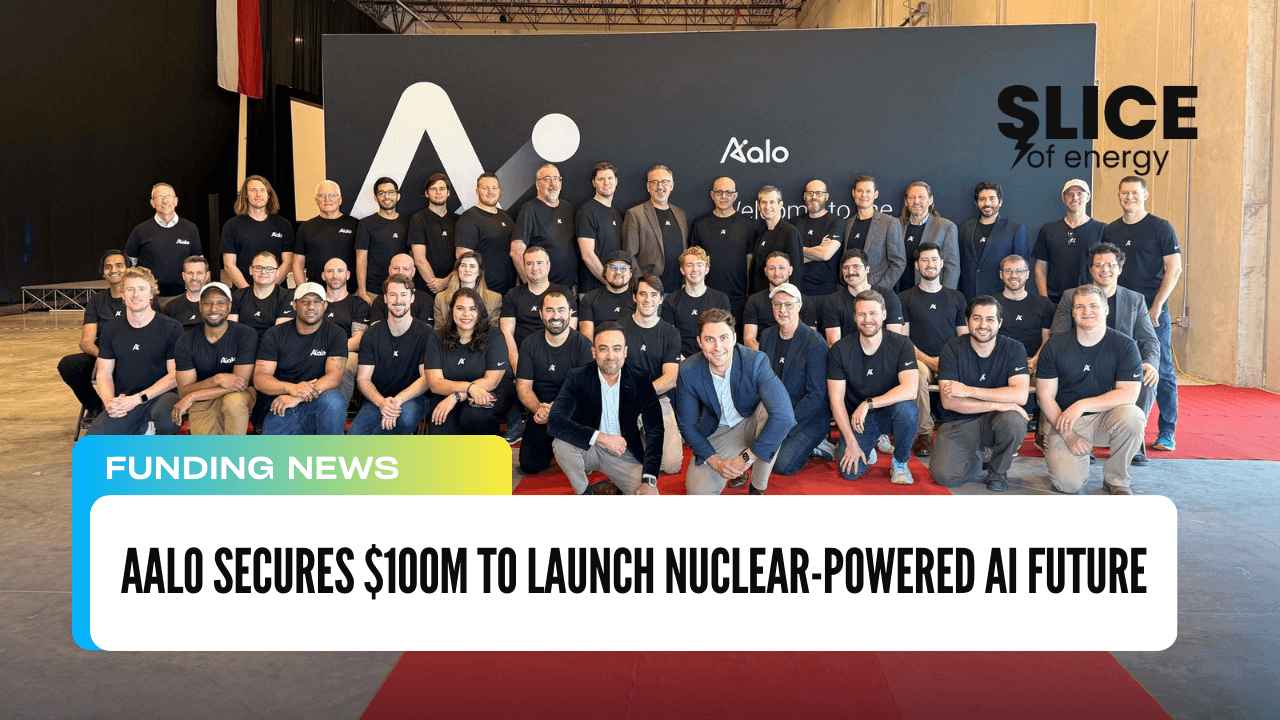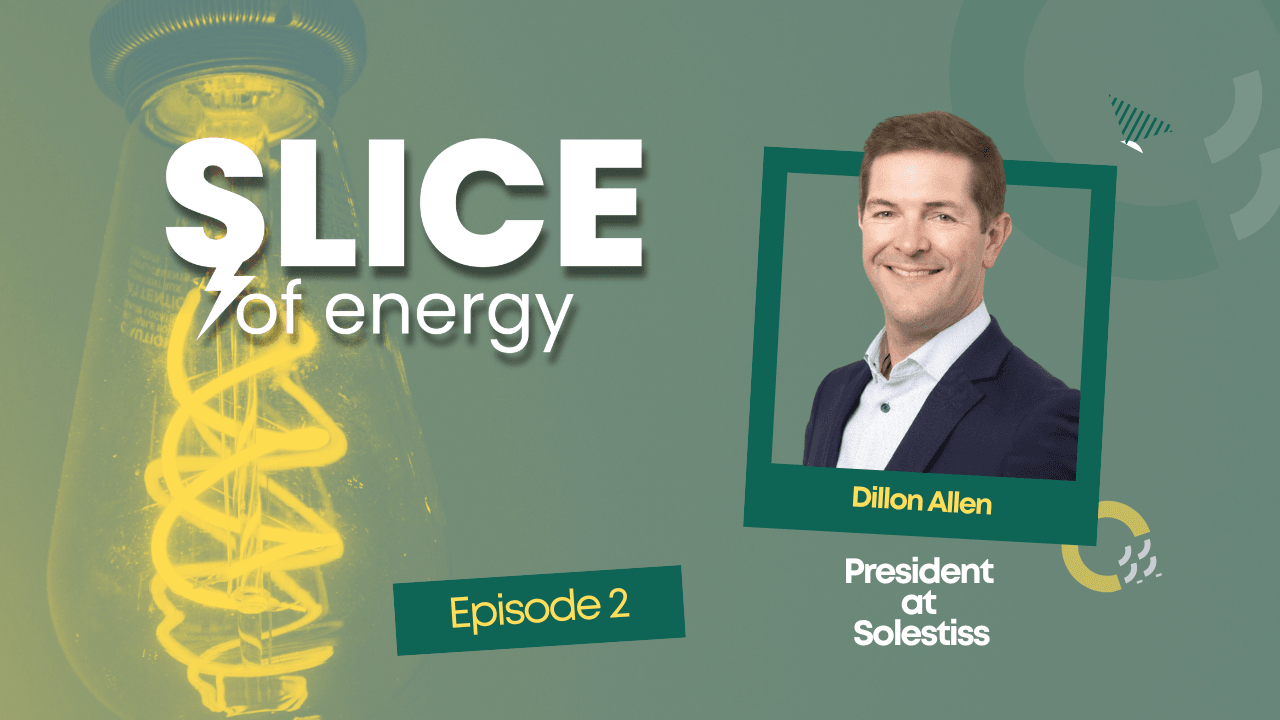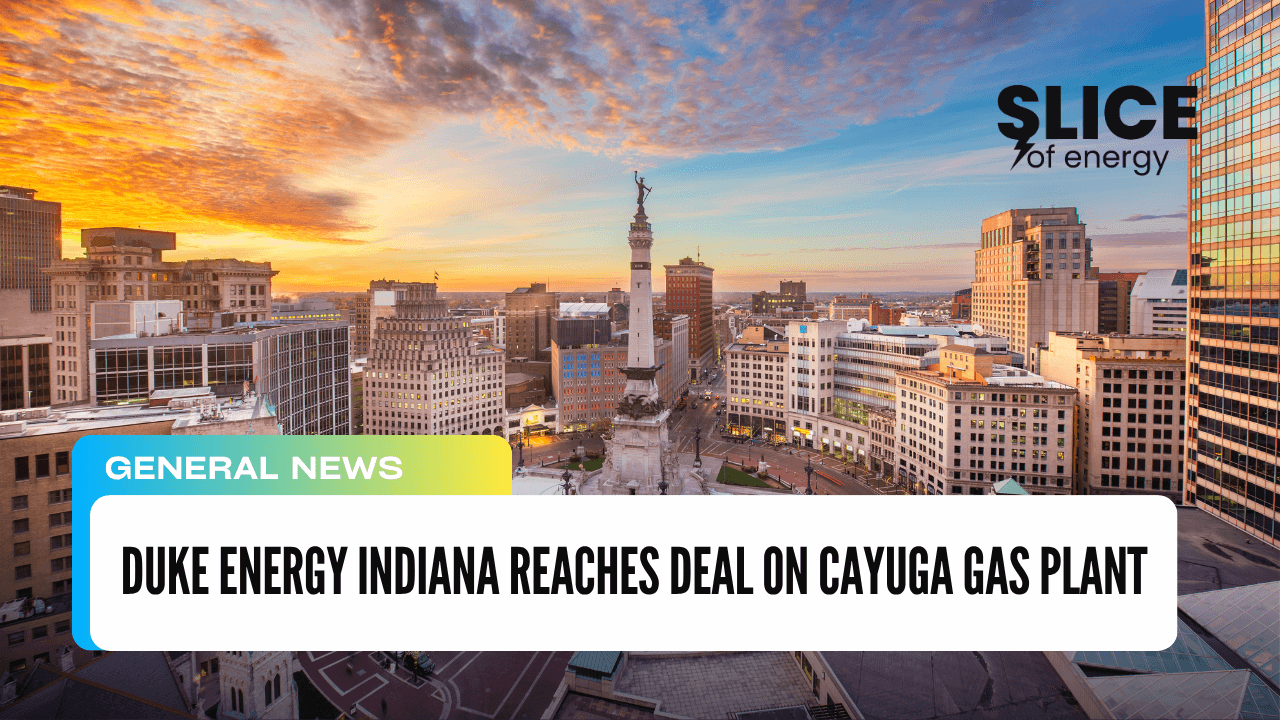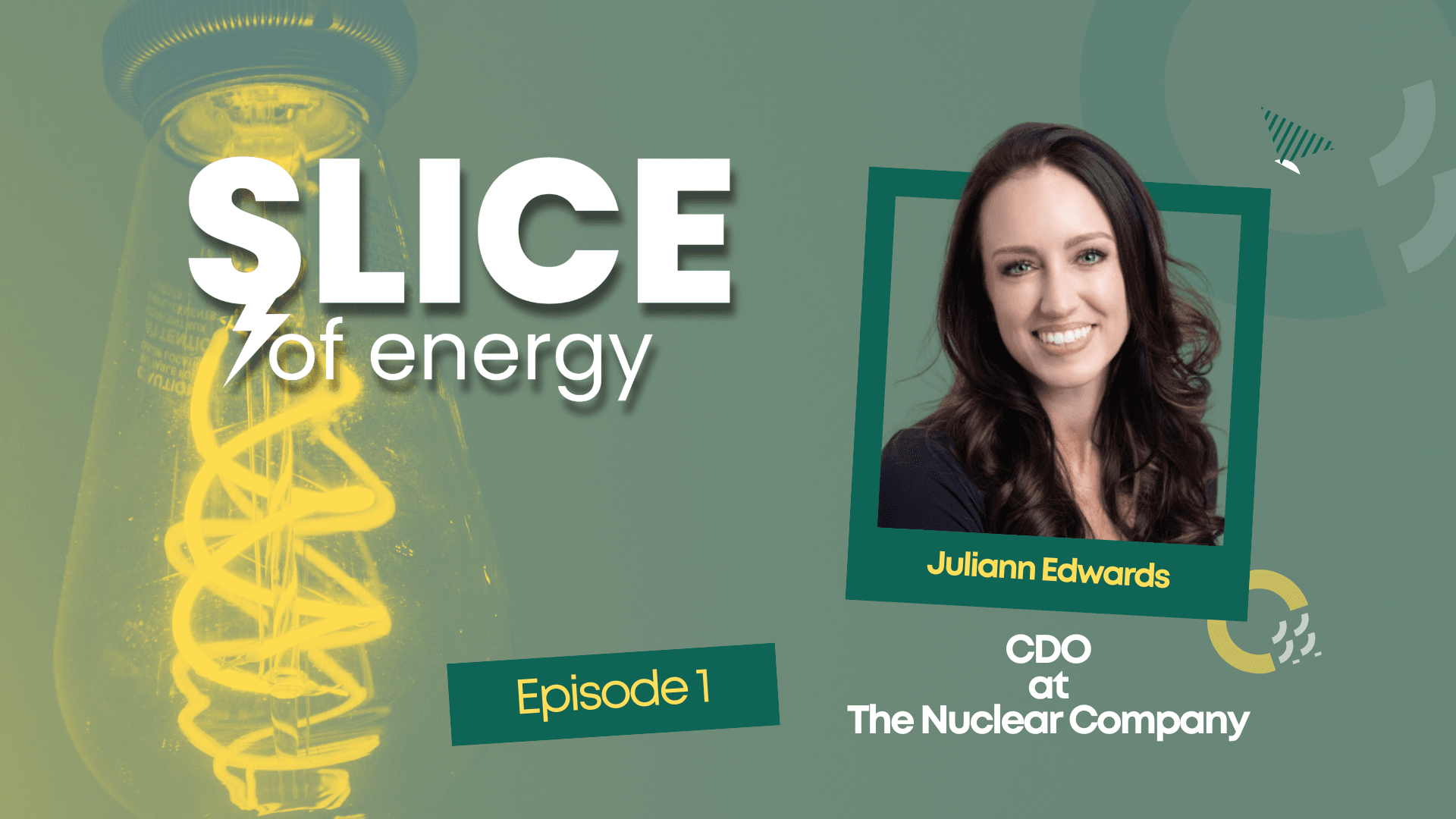
This Mississippi-born exec is betting nuclear's next big move won't be to the grid
"Where's my hoverboard?" Dillon Allen jokes, reflecting on how little our power systems have evolved compared to our sci-fi dreams. But as President of Solestiss, he's working to change that, one small modular reactor at a time.
What Solestiss Actually Does
Solestiss helps companies move nuclear energy from theoretical to operational. Yes, they consult, but not in the clipboard-and-clipboard kind of way. They bring in a who's who of seasoned nuclear veterans: former NRC officials, utility execs, engineers who built and ran plants, and help clients actually deliver clean, reliable nuclear power projects.
How It All Started
Dillon Allen didn’t exactly plan to be a nuclear industry whisperer. He started in submarine and aircraft carrier design, then came home to Mississippi to work at the local utility. In 2008, they were planning new nuclear builds until the economics tanked and the project died. Allen pivoted to other large-scale utility projects before getting tapped to help launch a new advanced nuclear program.
That’s when Solestiss entered the picture and offered a broader mission. “It was a great opportunity to help not just one company, but the whole industry,” Allen said.
Why It Stands Out
Most nuclear conversations stay stuck in theory or wrapped in regulatory red tape. Solestiss skips the noise and gets to the doing. Their focus? Making it viable to build and operate new types of reactors, especially smaller, more modular ones, that don’t need massive power plants or thousands of acres to work.
Allen explains it like this: you can cover a city in solar panels and hope for sun, or you can tuck a compact reactor into 25 acres and keep the lights on, even through a hurricane.
Who This Helps
It’s not just about the grid anymore. Solestiss is opening doors for a whole new class of nuclear customers: refineries, chemical plants, and data centers that run 24/7 and can’t afford downtime.
“Most of what you look at—your phone case, your paint, your plastic—it all started in a chemical plant somewhere,” Allen said. Many of these plants need massive, consistent heat, not electricity. Some new nuclear designs will skip the turbine entirely and deliver that heat directly, much more efficiently.
Where It’s Going
The conversation around nuclear has shifted dramatically. A few years ago, Allen says, advanced nuclear was considered a nuisance. Now the industry’s asking, “What are you waiting for?”
Part of that urgency? AI and data centers. “Some of these need 99.999% reliability,” Allen said. And if one 80-megawatt reactor drops offline, it’s a lot easier to backfill than if a single massive plant goes down.
Conclusion
For Allen, the case for nuclear isn’t just economic, it’s personal. “Nuclear fulfills my inner hippie,” he said. “I want to use fewer natural resources to get the result we need as a society. And nuclear does that.”



